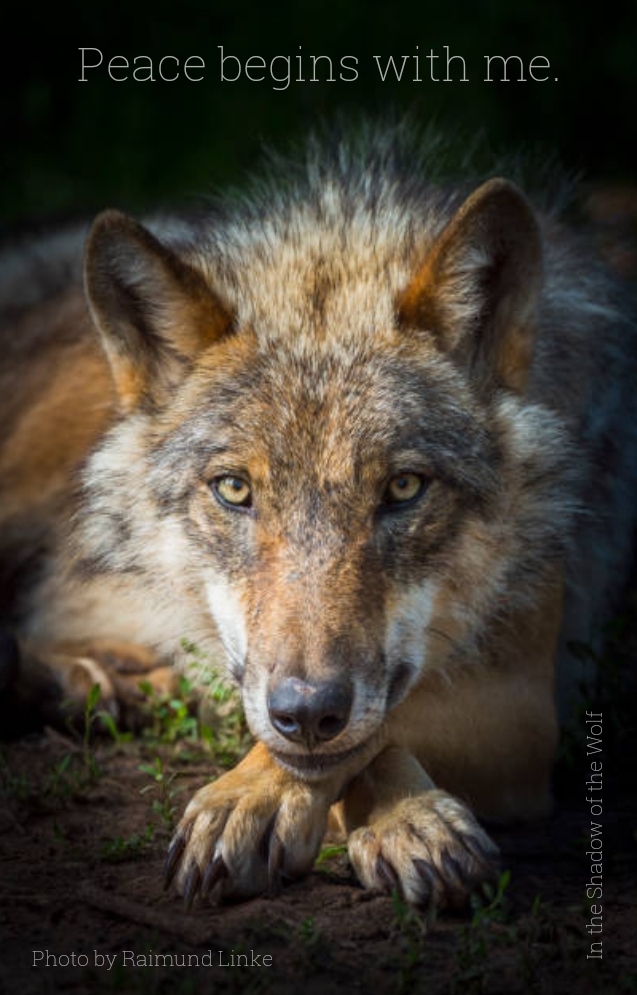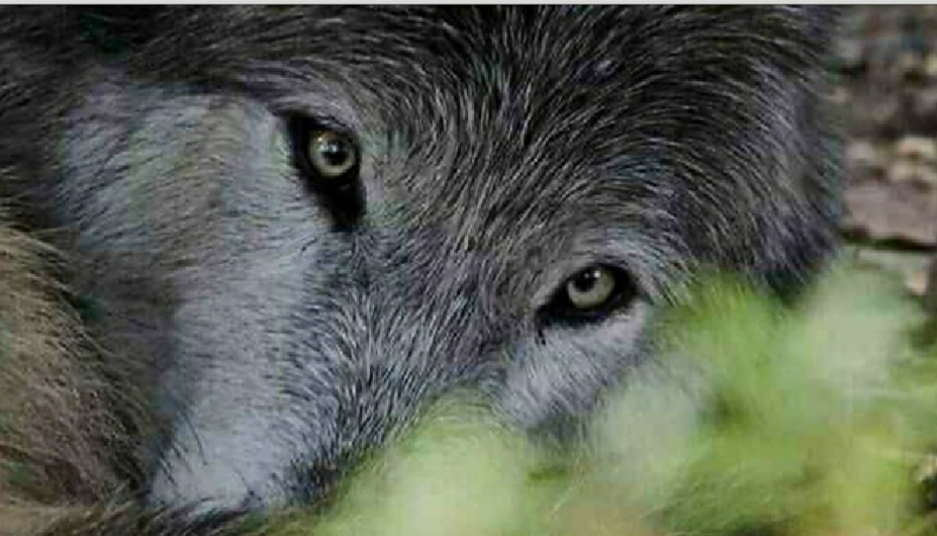Speak up for Idaho’s wolves and other predators! The comment period is open through July 10th, 2019. Currently just 74 comments have been submitted.
Feel free to utilize information from our submission when crafting your own personalized comments.
The Animal and Plant Health Inspection Service (USDA-APHIS) plans to prepare an environmental impact statement (EIS) analyzing alternatives for predator damage management in Idaho. The notice proposes issues and alternatives for consideration in the EIS and requests public comments to further delineate the scope of the alternatives, the environmental issues, and other issues of public concern to be considered. The EIS will evaluate alternatives for Wildlife Services (WS) involvement in managing damage and threats to livestock and other domestic animals, agricultural resources, property, natural resources, and human health and safety associated with predators in Idaho. The scope of the EIS is intended to include management of damage and conflicts associated with coyotes, gray wolves, black bears, grizzly bears, mountain lions, bobcats, red foxes, striped skunks, raccoons, badgers, feral and free-ranging dogs, common ravens, and black-billed magpies. Feral and free-ranging cats, western spotted skunks, mink, long-tailed weasels, short-tailed weasels, American crows, bald eagles, and golden eagles are associated with conflicts on rare occasions and also will be addressed in the analysis.
Once completed, the EIS will replace WS’ environmental assessments on predator damage management in Southern Idaho, predator damage management in Northern and Central Idaho, and gray wolf damage management in Idaho.
All comments received on or before July 10, 2019 will be considered.
You may submit comments by either of the following methods:
Federal eRulemaking Docket/Environmental Impact Statement for Predator Damage Management in Idaho
Or send your comment to:
Project Manager, Idaho Predator Damage Management EIS, USDA APHIS-Wildlife Services, 2150 Centre Avenue, Building B, Mail Stop 3W9, Fort Collins, CO 80526-8117.
What management alternatives should be considered in the EIS?
NEPA requires agencies to consider reasonable alternate strategies that can meet the need for action and the goals and objectives of the proposed project. The EIS provides an opportunity for WS-Idaho to take a fresh look at alternatives for involvement in Predator Damage Management (PDM) in the state, therefore they do not have a proposed alternative at this time. The EIS will consider the continuation of WS-Idaho’s current (business as usual) integrated PDM activities as an alternative because this alternative reflects current baseline environmental conditions. However, USDA-APHIS is requesting your suggestions on other alternatives that WS-Idaho should consider in detail in the EIS.
The alternatives mentioned include:
• Current Integrated PDM Activities with Only Limited PDM Activities on Wilderness and Wilderness Study Areas. This alternative would limit WS-Idaho’s PDM activities on Wilderness and Wilderness Study areas to the rare instances when actions for the protection of human health and safety in Wilderness or Wilderness study areas are requested by the applicable state and federal agencies. PDM activities in the remainder of the state would occur as described above under the alternative continuing WS-Idaho’s current integrated PDM activities.
• WS-Idaho Uses and Recommends Only Nonlethal PDM Methods. Under this alternative, WS-Idaho’s technical and operational assistance would be limited to nonlethal methods. WS-Idaho would still be involved in site investigations and verification of the species responsible for damage. However, WS-Idaho would not assist with the reporting needed by individuals applying for a permit from the U.S. Fish and Wildlife Service for the lethal removal of birds to reduce damage. Individuals, agencies, and tribes with predator conflicts that could not be resolved with nonlethal methods would be referred to other agencies, organizations, or individuals for assistance.
• Nonlethal PDM Assistance Before Recommending or Applying Lethal Methods. Under this alternative, WS-Idaho would provide both technical assistance and operational assistance in a manner similar to the alternative continuing WS-Idaho’s current integrated PDM activities. However, lethal methods would not be implemented by WS-Idaho until it is confirmed and recorded that reasonable nonlethal methods were employed by WS-Idaho or the cooperator and were ineffective in resolving the problem.
• Current Integrated PDM Activities with No Use of Toxicants. PDM conducted under this alternative would occur as described under the alternative continuing WS-Idaho’s current integrated PDM activities with the exception that WS-Idaho would not use toxicants.
• Current Integrated PDM Activities but Limited PDM for the Protection of Natural Resources. PDM under this alternative would occur as described under the alternative continuing WS-Idaho’s current integrated PDM activities for most types of conflicts with predators. However, WS-Idaho’s involvement in projects for the protection of natural resources would be limited to the protection of species that are federally listed under the Endangered Species Act.
•Option for the use of M-44s. WS-Idaho used M-44s for the lethal removal of depredating coyotes and foxes in the past, but currently does not use this method. This method could be considered as an option for inclusion in any alternative that allows for the use of toxicants for PDM including the alternative that continues WS-Idaho’s current integrated PDM activities.
Issues for Detailed Consideration in the Analysis:
In considering reasonable alternatives, the EIS will study the effects of the project on environmental issues and other issues of public concern identified as important for understanding the impacts of PDM activities. APHIS-WS and the cooperating agencies have identified multiple issues for consideration in the EIS. The public is encouraged to submit comments identifying other issues that should be considered, such as:
• Impacts on State and regional predator populations.
• Effects on nontarget animal populations including species federally listed under the Endangered Species Act.
• Impacts of the alternatives on predator-prey relationships and ecosystem processes (e.g., trophic cascades).
• Impacts on Special Management Areas, including Wilderness and Wilderness Study Areas.
• Humaneness and ethical perspectives regarding actions proposed in the alternatives.
• Effects on recreation and people’s aesthetic enjoyment of wildlife, including non-consumptive uses.
• Impacts of the alternatives on Native American culture and resource uses.
• Economic costs and benefits of the proposed alternatives.
• Risks and benefits to human and pet safety from PDM activities.
After the comment period closes on July 10th, 2019, APHIS-WS will review and consider all comments received during the comment period and any other relevant information in the development of the EIS. All comments received will be available for public review as required and allowed by law. Upon completion of the draft EIS, a notice announcing its availability and an opportunity to comment again will be published in the Federal Register.
Again, you may submit comments by either of the following methods:
Federal eRulemaking Docket/Environmental Impact Statement for Predator Damage Management in Idaho
Or send your comment to:
Project Manager, Idaho Predator Damage Management EIS, USDA APHIS-Wildlife Services, 2150 Centre Avenue, Building B, Mail Stop 3W9, Fort Collins, CO 80526-8117.
For more information visit the Federal Register here.

Feature image by Doug Lindstrand.
Copyright © 2019 [COPYRIGHT Intheshadowofthewolf]. All Rights Reserved



You must be logged in to post a comment.